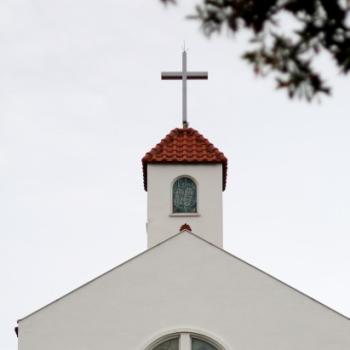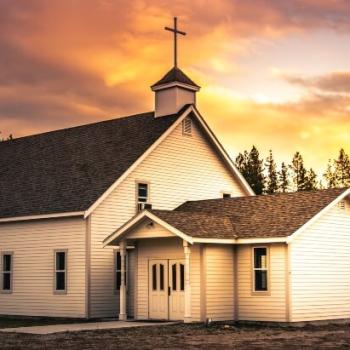As a steward of God’s church, preserving the building that helps you make an impact in your community is important.
Maybe you’ve realized that your church needs some restoration and repair. Where do you start? What do you need to know?
Here’s what goes into the restoration of a historic church.
1. Knowledge of Building Regulations for Historic Structures
The first step is research. There are regulations and laws to follow when restoring a historic building, like permits, zoning regulations or fire codes.
Once you know the laws, hire a professional to survey the building and determine what you need to replace or repair. They will tell you which pieces of the structure are compromised and how to restore them correctly.
They might check structures like the roofs, foundations, windows, panels and columns for general restoration. You may also want to consider the church’s interior and how you can restore broken pews or faded furniture.
2. A Restoration Strategy
Once you’ve done the audit, you can work with the architect to create a restoration plan.
The plan should include structural repair, furnishings and decorative elements. It should also include steps you can take to preserve the historical aspects of the church since some parts have cultural and historical significance. A church restoration project is also the perfect time to improve accessibility with wheelchair ramps or other features.
Depending on the size of the project, you need a realistic timeline that factors in events, services and other programs. Break things into smaller parts according to your budget and available materials. The overall cost will depend on the sections of the church you plan to restore.
3. Church Member Involvement
Your restoration strategy should also include engagement with the congregation. Involve them in the process. This can look like creating volunteer lists for cleaning, restoring furnishings and fundraising. For example, you may enlist people to help build benches and other features to help reduce project costs.
Ensure the communication team gives the congregation regular updates through emails, pictures and videos to make them feel a part of the process.
4. Keeping Original Structure and Building Materials
Use the original construction methods and materials to restore parts of the church building. This is where the importance of hiring professionals really shows, as a lack of knowledge can damage the structure.
For example, wire brushes and sandblasting can destroy masonry, while certain chemicals can permanently stain or discolor the stone. Beyond the historical significance, you ensure the structure lasts longer when using the original materials and building techniques.
You can exercise creative freedom with aesthetic details like sculptures, paintings or arches. Select materials that match the church’s original design as much as possible. Sourcing these materials might take time and research, but the result will be well worth it.
5. Fundraising
When organizing a church fundraiser, you want to host fun events encouraging fellowship. Some events that bring people together and foster relationships include trivia nights, movie nights or bake sales.
Break fundraising goals by project or material needed. For example, you could request contributions to replace stained glass windows or get new wooden flooring. This can be an encouraging experience for all, and the church can celebrate when you’ve reached a new milestone.

6. Community Involvement
Some may not attend church services but still appreciate the historical and cultural significance of the church building. Community members also value the church as a place for special events and can support the restoration. Seeing the church building restored may be just as important to them as it is to the congregation.
7. Alternative Space for Gatherings
Another reason it’s a good idea to break the restoration into smaller projects is to keep parts of the church operational for services, events and community projects. You could use the community fellowship center while the sanctuary is renovated.
8. Preservation Techniques
Look beyond the restoration project into ways you can preserve the church building. When you manage and maintain historic buildings, they can continue to be functional for centuries.
Consider looking into preservation methods like adding bacteria to masonry in the building structure. Like the Romans’ use of quicklime to prevent structure degradation, you can use bacteria that enable self-healing abilities in stone and concrete. The bacteria is mixed into a paste with nutrients to feed it, and when the masonry starts to develop cracks, the nutrients are released and feed the bacteria so it multiplies and repairs the damage.
Restoring a Historic Church
There may be challenges, but ultimately, it’s an opportunity to serve the church family and community and preserve a space that will be used for years to come.
















